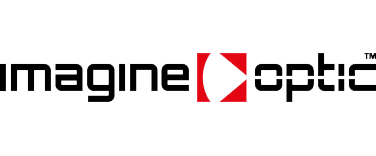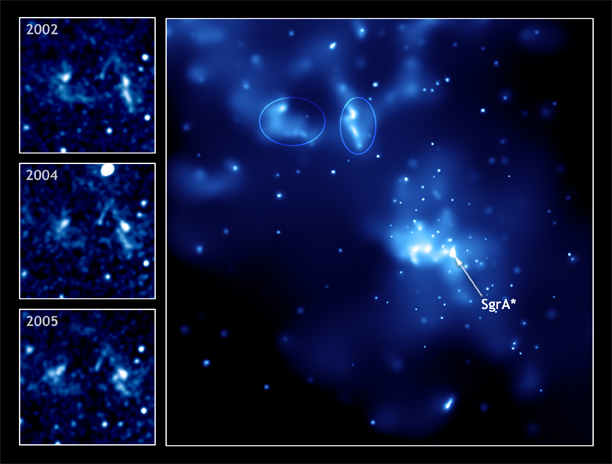The 2014 chemistry laureates, Stefan Hell, Eric Betzig, and W. E. Moerner were awarded the Nobel for their work in superresolution microscopy; AO technology contributed to this by improving the imaging of ultra-small light dots and bringing optical microscopy into the nanodimension. 4 years later, Gérard Mourou and Donna Strickland were awarded the prize for their achievements in the development of ultra-intense lasers. Adaptive optics was instrumental in allowing them to reach the ultimate level of performance in laser density. In addition to fundamental physics, this can apply to ophthalmic surgery, compact particle acceleration, or even nuclear transmutation!
Last but not least, the 2020 Nobel Prize in Physics was awarded to Andrea Ghez and Reinhard Genzel for their works on supermassive black holes, along with mathematician Roger Penrose. Their work relied on large telescopes to accurately image the center of our galaxy, as well as – again an essential part of the support system – Adaptive Optics to measure and compensate for atmospheric distortions.Now – whether you’re working in astrophysics, nuclear physics, chemistry, lasers, microscopy, or other related domains – if you’re interested in boosting your chances for a Nobel, you may want to talk to us. We probably have an AO solution that matches your needs 😉
If you’re first interested in finding out more about our line of Wavefront Sensors and Deformable Mirrors or AO solutions, you can reach us at sales@imagine-optic.com or through the contact form (red enveloppe on the side).

